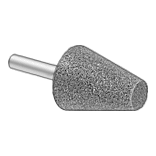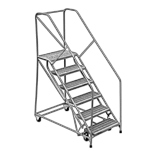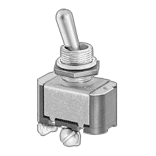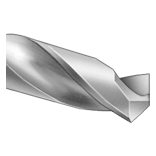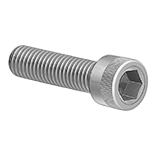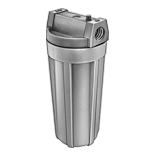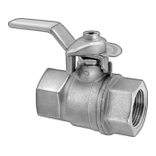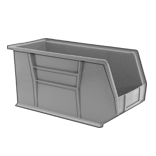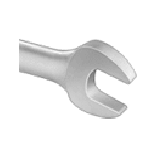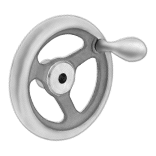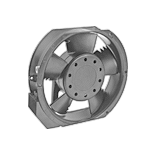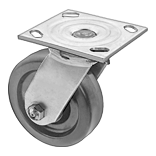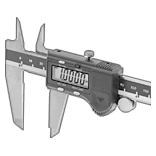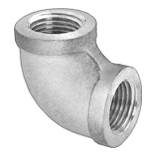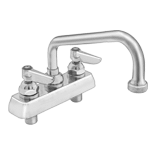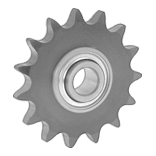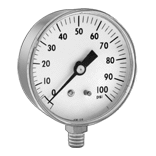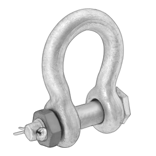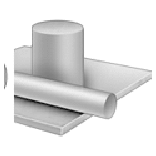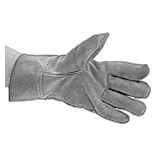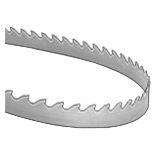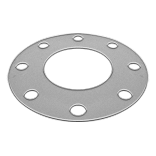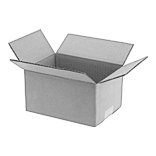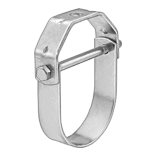Filter by
System of Measurement
Operation Type
Number of Wire Leads
Switch Designation
Sensor Type
Differential Angle
Wire Lead Length
Housing Material
Wire Connection
Length
Environment
DFARS Specialty Metals
Electrical Connection
Export Control Classification Number (ECCN)
Material
REACH
RoHS
Screw Size
Switch Type
Mounting Hole Diameter
Number of Circuits Controlled
Number of Mounting Holes
Switch Starting Position
Choosing an Electrical Switch
More
Tilt Switches

A
Often used as position indicators, pump level controls, and machine limit switches, these switches actuate when tilted to a certain angle. They mount horizontally and activate when tilted downward, and deactivate when tilted up. Differential angle is the total angle from the point of activation to the point of deactivation. All combine electromechanical and solid state technologies for reliability and long life.
| No. of Circuits Controlled | Switch Starting Position | Industry Designation | Switching Current @ Voltage | Max. Voltage | Differential Angle | No. of Wire Leads | Dia. | Lg. | Housing Material | Environmental Rating | Each | ||
With Ring Terminals | |||||||||||||
|---|---|---|---|---|---|---|---|---|---|---|---|---|---|
| A | 1 | 1 Off (Normally Open) | SPST-NO | 0.1 A @ 120 V AC, 0.25 A @ 24 V DC | 60V DC/120V AC | 15° | 2 | 0.53" | 1.88" | Plastic | NEMA 4, IP67 | 000000 | 000000 |
